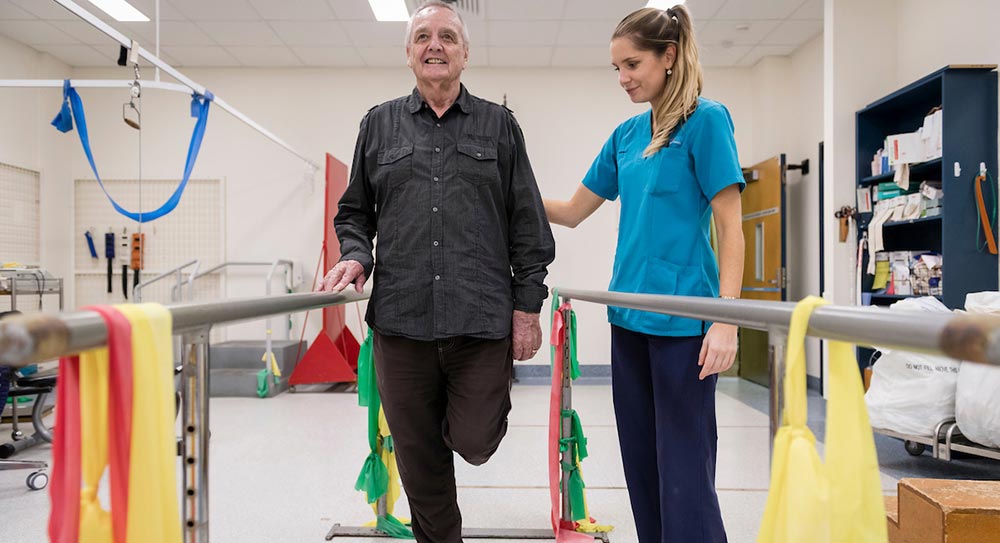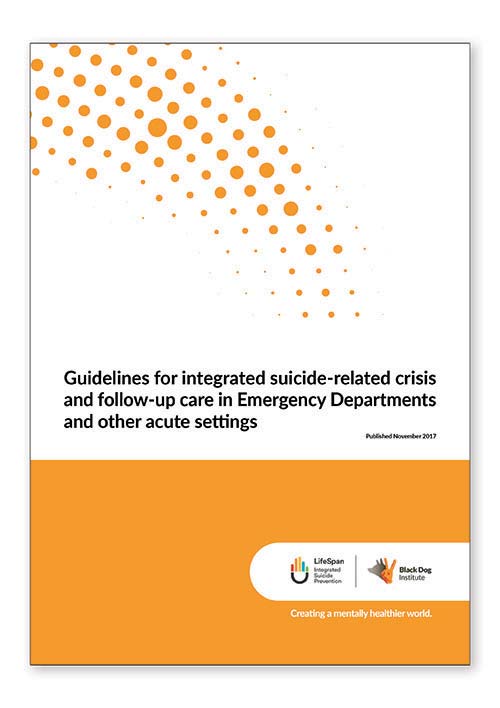
Follow-up communication
Follow-up communication involves taking further action after a patient has undergone hospitalisation or treatment. This can be making contact with a patient, or caregiver, to check on their progress after they have been discharged from hospital, or providing results of tests or information about a patient to healthcare providers in the community.
Follow-up can involve a home visit, telephone call, email or letter. This can be done by medical, nursing or administrative staff depending on the complexity or sensitivity of the follow-up. For example, a follow-up phone call to provide a patient with information on community resources or a service evaluation survey could be performed by a clerk, whilst a registered nurse may be more appropriate to attend to a postoperative follow-up call. Follow-up conducted by pharmacists can reduce the incidence of post-discharge medication errors by helping patients understanding of their medication regimen.
Key messages
Communication strategies
Why is it important?
The transition from hospital to home is a critical time when risk to patient safety can increase due to lack of support or poor understanding of medication and discharge care plans. Studies show that patients appreciate and respond well to follow-up contact as it is reassuring, increases their feeling of being cared for, and provides an opportunity for them ask questions or clarify issues about their care. Follow-up also helps prevent hospital readmission by identifying complications and mitigating risks in a timely manner.
Follow-up can provide an opportunity for the results of pathology tests or imaging to be fed back to the patient. A 2012 study of tests ordered in a Sydney hospital revealed that 47% of missed test results emanated from tests ordered on the day of patient discharge but whose results are never reviewed. Health service organisations need to establish mechanisms to relay outstanding test results of discharged patients to the patient and their GP via follow-up communication.
Follow-up may involve working with external services to identify referral processes to support ongoing comprehensive care. These might include processes for:
- Safe return to rural or remote health services
- Transfer to sub-acute facilities
- Referral for ongoing care in the community
- Referral for follow-up of specific clinical or other issues
- Referral to services provided by credentialed clinicians in the private sector (e.g. physiotherapists, occupational therapists, dietitians, counsellors).
Specific considerations for mental health
A suicide attempt is the strongest risk factor for subsequent suicide. The risk of a further suicide attempt is greatest immediately following discharge from an emergency department or psychiatric ward and remains high for up to 12 months following a suicide attempt. Dedicated and coordinated aftercare services are essential for people who have attempted suicide. Evidence clearly demonstrates that high quality follow-up communication and aftercare can prevent suicidal behaviour and is critical to keeping people safe.









